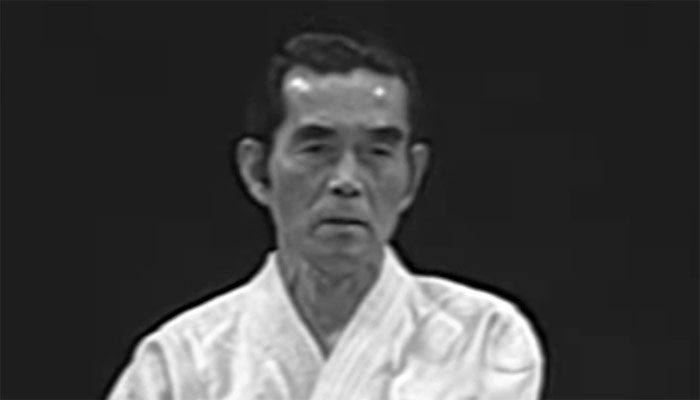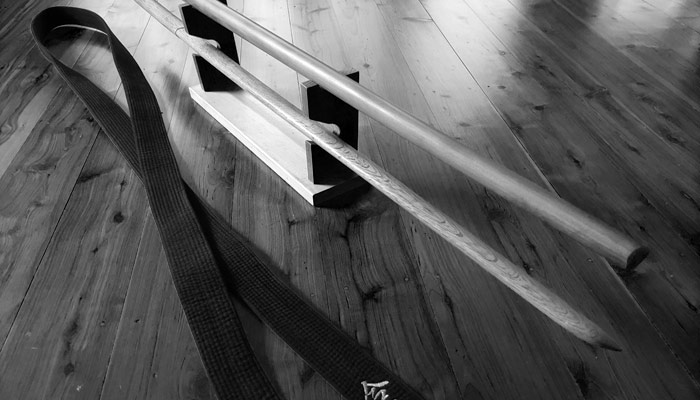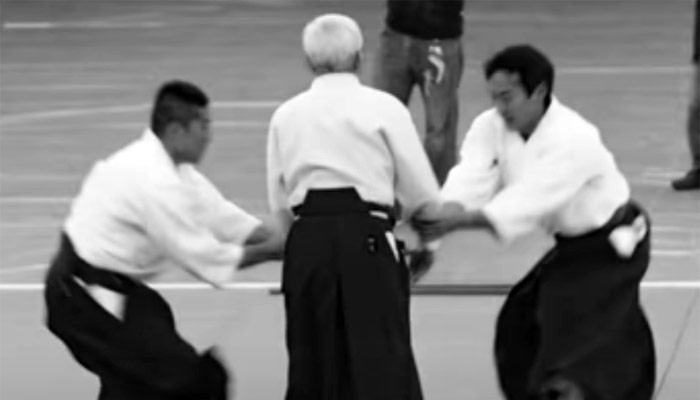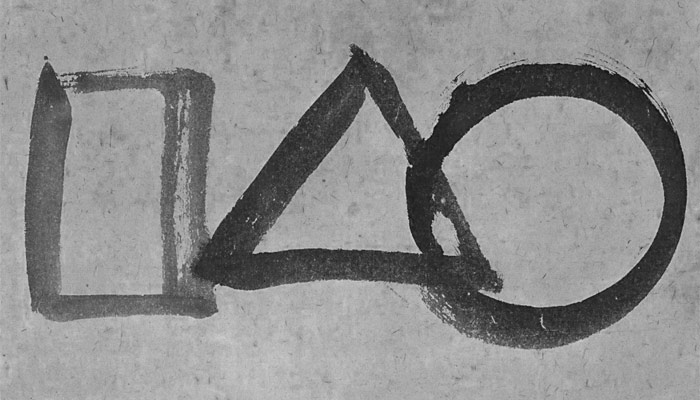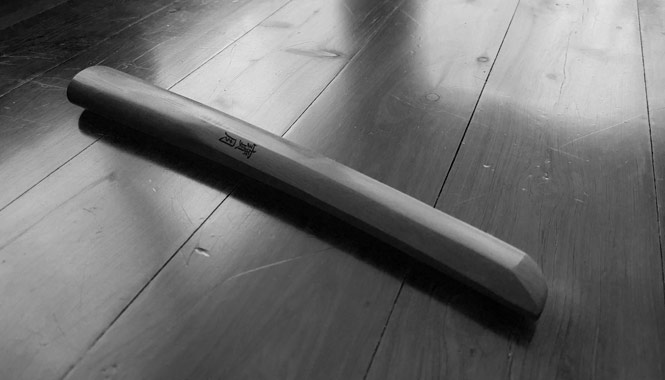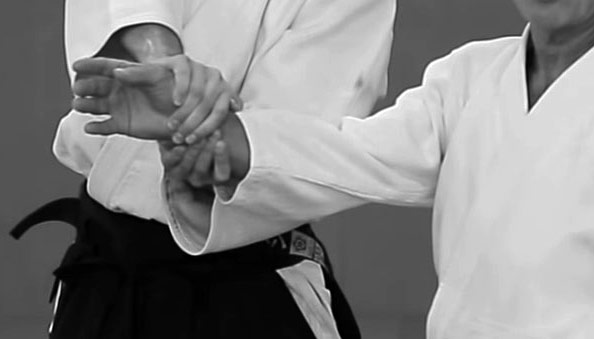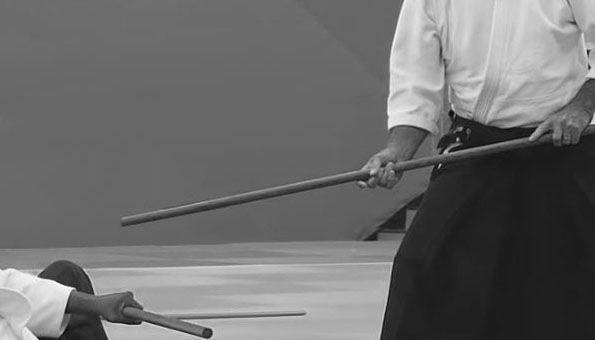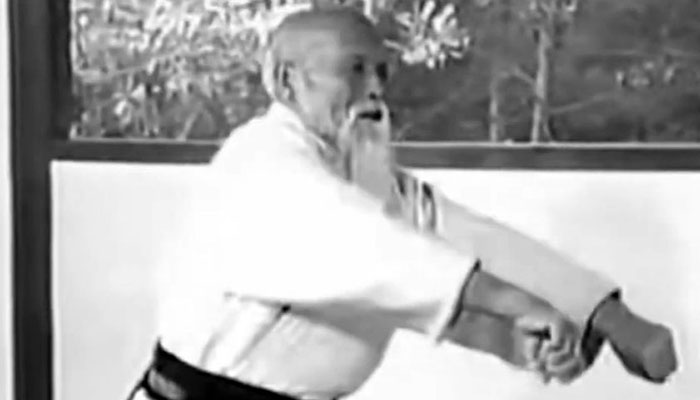-
Sunadomari – His Kokyu Power and The Spirit of Aikido
Kanshu Sunadomari 砂泊諴秀 was a prominent figure in the development of Aikido. He was a direct student of Ueshiba and trained with him for many years. Born in Kagoshima Prefecture 鹿児島県 in 1923, Sunadomari was exposed to Aikido as a child as his older brother, Kanemoto Sunadomari 砂泊兼基, was also a student of Ueshiba. His older sister, Fukiko Sunadomari 砂泊扶妃子 (光恵 Mitsu), later joined as well. The first biography of Morihei Ueshiba entitled Aikido Kaiso Morihei Ueshiba was published by Kanemoto Sunadomari in 1969, with his sister Mitsu deeply involved. In 1942, at the age of 19, Sunadomari began his aikido training as an uchi deshi 直弟子 (live-in student) of…
-
Bokuto or Bokken: The Difference and Historical Significance of “To” and “Ken” in Japanese Martial Arts
Bokuto 木刀 and bokken 木剣 are often used interchangeably (both being translated as “wooden sword”). However, “To” 刀 and “Ken” 剣 are different. First of all, the two kanji characters are not native Japanese words, but came from China. Therefore, the difference between them is better understood from the Chinese perspective. A 刀 is a single-edged weapon with a blade on only one side, primarily used for cutting, and often has a curved shape. On the other hand, a 剣 is a straight, double-edged weapon with blades on both sides and primarily used for piercing. Historically speaking, the use of 刀剣 (as a comprehensive term) in China can be traced…
-
Kotodama: The Spiritual Power of Words in Japanese Culture and Aikido
Kotodama 言霊 is closely connected with the life and teachings of Morihei Ueshiba, the founder of Aikido. Ueshiba was a deeply spiritual person who drew inspiration from the religious and philosophical traditions of Shinto 神道. Kotodama is a fundamental aspect of Shinto, an indigenous religion of Japan that has been integrated into various Japanese arts and practices, such as martial arts, traditional medicine, and music. Koto 言 means “word,” and dama 霊 means “spirit.” The term can be translated as “the spirit of words.” In kotodama practice, it is believed that each word and sound vibration has its own unique spiritual energy and power. One of the key principles of…
-
Randori: The Heart of Aikido’s Dynamic Training
Randori 乱取り is a dynamic training exercise practiced in various Japanese martial arts, including Judo and Aikido. The first character, ran 乱, means “disorder” or “chaos,” while dori 取り means “taking” or “capturing.” The earliest recorded use of the term dates back to the military manual Koyo Gunkan 甲陽軍鑑 during the Edo period, where it referred to raiding an enemy territory to seize goods. In martial arts, randori involves facing one or multiple attackers in an unpredictable and dynamic setting, unlike pre-set attack-defense sequences such as kumite 組手 in Karate or kumijo 組杖 in Aikido. Randori is especially common in Judo. Out of its three technique categories – throwing techniques…
-
Sangen – The Triangle, Circle and Square in Aikido
The founder of Aikido, Morihei Ueshiba, used the symbols of the triangle, circle, and square (△ ○ □) to convey key philosophical concepts central to Aikido. These symbols represent the Sangen 三元 in the Shinto concept of Ichirei Shikon Sangen Hachiriki 一霊四魂三元八力, a framework used to explain the nature of the universe. While a detailed explanation of this concept is beyond the scope of this article, its basic understanding is as follows: Ichirei is the One Spirit, the single source of creation that forms all existence. Shikon refers to the four souls 奇霊, 荒霊, 和霊, 幸霊, which represent Wisdom 智, Bravery 勇, Intimate/Close 親 and Love 愛. Hachiriki refers to…
-
Gozo Shioda: The “Unworldly Budoka” and his Yoshinkan Aikido
Gozo Shioda 塩田 剛三 was a prominent aikido master and the founder of the Yoshinkan style of aikido. Despite his small stature, standing at 154cm and weighing 46 kg, he is known as the “Unworldly Budoka” 不世出の武道家 in Japan. Shioda was born on September 9, 1915, in Tokyo, Japan. His early exposure to martial arts included Kendo and Judo, in which he excelled, achieving a 3rd dan in Judo during secondary school. His proficiency instilled confidence in his martial art skills. In 1932, doubts arose as he observed Ueshiba and his disciples practicing Aikido, questioning its authenticity. Ueshiba himself noticed Shioda’s uncertainty and invited him for a personal practice session.…
-
Tanto: History and Modern Use in Aikido Practice
Tanto 短刀, which literally means “short sword”, is a traditional Japanese knife typically single-edged and between 15 and 30 cm in length. The earliest tanto dates back to the Heian period (794-1185), where it was primarily used for outdoor activities like hunting and fishing. Over time, the tanto became more widely used as a weapon by the samurai class. Samurai typically carried two swords – a full-size katana 刀 and a 30-60 cm intermediate-size wakizashi 脇差. However, in some cases, they may also have carried a tanto in place of a wakizashi. The tanto was particularly useful in close-quarters combat in confined spaces and was often employed for quick, decisive…
-
Kuzushi – The Subtlety of Unbalancing Your Opponent in Aikido
Kuzushi 崩し is a term widely used in Japanese martial arts, referring to the act of breaking an opponent’s balance. The word “kuzu” 崩 literally means “crumble” or “collapse,” and “kuzushi” generally signifies the concept of unbalancing an opponent. While most commonly associated with Judo, the term is also employed in Aikido and some other martial arts, though its interpretation can vary slightly across different disciplines. Judo competitors are constantly seeking opportunities to break their opponent’s balance In Aikido, kuzushi occurs at the moment of initial contact. On a physical level, it is achieved through a combination of timing, positioning, and posturing. By employing precise timing, the nage 投げ (defender)…
-
Ueshiba’s Jo in Aikido: Unification of Martial and Spiritual Principles
The history of the jo 杖 in Aikido can be traced back to the founder of Aikido, Morihei Ueshiba, who was known for his extensive martial arts training, including the art of the jo. The origins of the jo in Japanese martial arts can be traced back even further, to the 17th century, when Muso Gonnosuke 夢想權之助, a samurai who was defeated in a duel with the legendary swordsman Miyamoto Musashi 宮本武蔵, developed a new form of martial art that focused on the use of a short staff, which he called Shindo Muso Ryu Jojutsu 神道夢想流杖術. Shindo Muso Ryu Jojutsu 神道夢想流杖術 Over time, jojutsu was also incorporated into other martial…
-
Exploring the Significance of Torifune and Furitama in Aikido and Shinto Practice
Torifune and Furitama are commonly practiced preparatory exercises in Aikido. Torifune 鳥船, which is typically translated as “bird rowing” or literally as “bird boat,” is also known as funakogi undo 船漕ぎ運動 or “boat rowing exercise.” The earliest mention of Torifune was in Kojiki 古事記, an ancient Japanese chronicle of myths, where it was referred to as Ame no Torifune 天の鳥船 (Heavenly Bird Boat). It was the name given to one of the deities born from Izanagi 伊邪那岐 and Izanami 伊邪那美, two of the most important kami (deities) in Japanese mythology. They are sister and brother, and also husband and wife, and they are the creators of the Japanese archipelago and…
